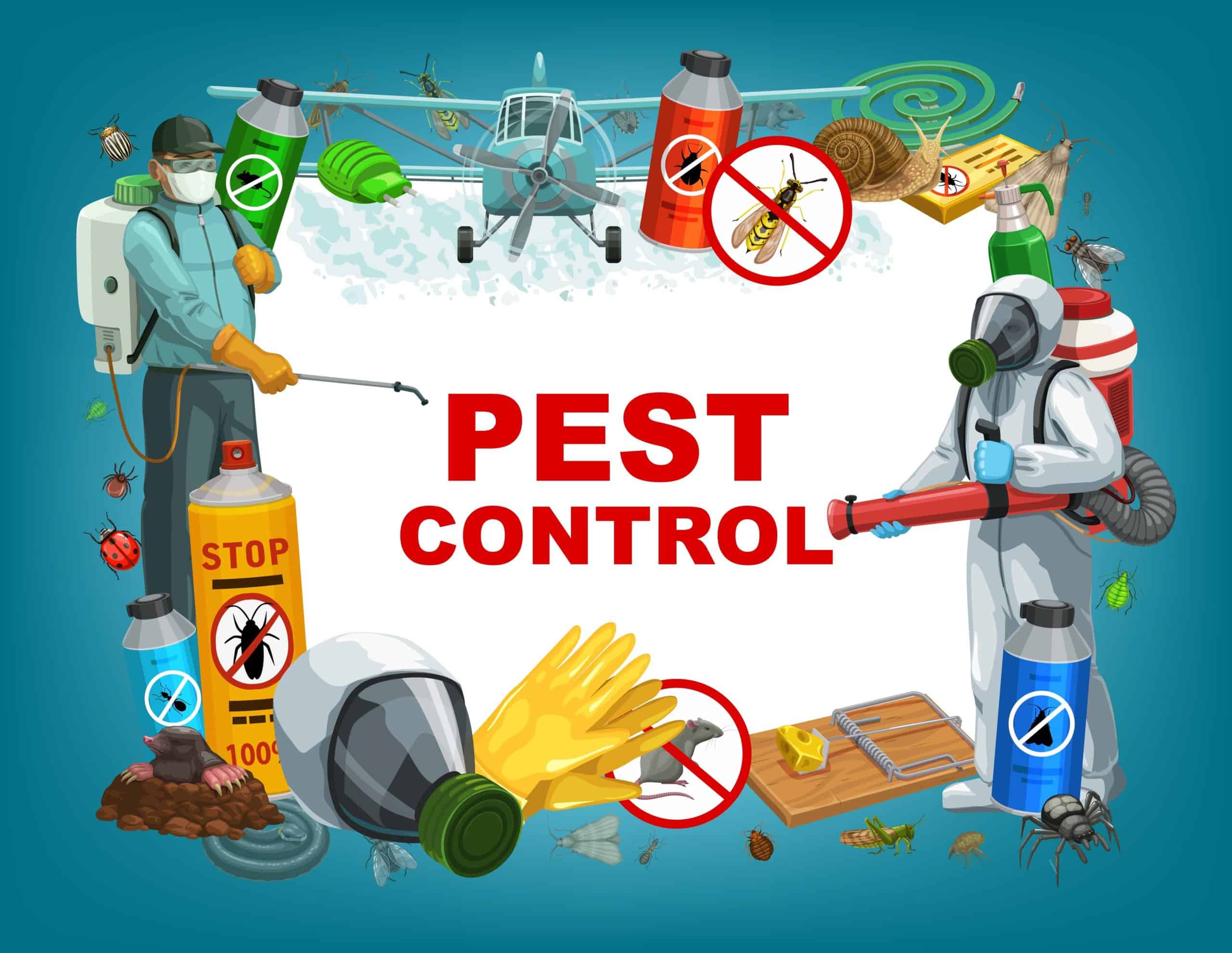Quality A1 Pest Control Services Charlotte - Shield Your Home
Quality A1 Pest Control Services Charlotte - Shield Your Home
Blog Article
Bed Bug Therapy Malfunction: Comparing Chemical Vs. Non-Chemical Solutions
In the world of parasite control, particularly when managing the relentless problem of bed bugs, the choice in between chemical and non-chemical therapy options can be a crucial one. Both approaches provide unique benefits and drawbacks, affecting factors such as effectiveness, safety and security considerations, and general expense. By examining the nuanced information of each approach, a more clear understanding of which course to go after in dealing with a bed bug infestation can be achieved.
Performance of Chemical Therapies
Chemical treatments for bed pest problems have actually been commonly recognized for their rapid and potent efficiency in removing these insects. When taking into consideration the effectiveness of chemical treatments, it is vital to recognize that they can give a detailed and fast option to a bed pest problem. Specialist pest control experts usually depend on insecticides to target bed bugs at different phases of their life cycle, consisting of eggs, nymphs, and adults. These chemicals typically function by interrupting the bed insects' nerve system, resulting in paralysis and eventual fatality.
Moreover, chemical treatments have the benefit of providing residual effects, implying that they can continue to eliminate bed bugs even after the initial application. This recurring action is particularly helpful in combating any prospective re-infestations. In addition, the rapid action of chemical therapies can bring alleviation to individuals dealing with severe bed pest infestations, permitting them to reclaim control of their space swiftly.
Safety Interest In Chemical Solutions
One crucial element that calls for careful consideration when utilizing chemical services for bed pest therapy is making certain the safety and security of passengers and the setting. Direct exposure to particular chemicals used in bed bug therapies can lead to breathing concerns, skin irritation, or other negative reactions, specifically in individuals with pre-existing conditions or sensitivities.
Moreover, the ecological effect of chemical options is an additional substantial factor to consider. Some chemicals made use of in bed pest treatments may be dangerous to helpful bugs, wildlife, and communities if they seep right into the dirt or water systems. It is essential to utilize chemical treatments sensibly, adhering to security guidelines, and considering much less hazardous alternatives to alleviate these dangers and make certain the secure and reliable administration of bed pest infestations.
Advantages of Non-Chemical Methods
Considering the prospective safety and security problems and ecological effect associated with chemical solutions for bed pest treatment, checking out non-chemical approaches presents a promising choice with a number of unique advantages. Non-chemical therapies are eco friendly, as they do not add to air or water contamination, making them a sustainable option for pest control.
In addition, non-chemical options can be efficient in pop over here targeting bed insects, consisting of hard-to-reach areas where chemical therapies may not penetrate - A1 bed bug exterminator charlotte. Techniques such as warm therapy, vacuuming, steam cleaning, and cushion encasements offer comprehensive obliteration without the use of dangerous chemicals.
Limitations of Non-Chemical Treatments

In addition, non-chemical treatments commonly call for numerous applications to achieve effective removal. This can be lengthy and may not constantly assure complete elimination of all bed insects and their eggs, specifically in surprise or hard-to-reach places.
Furthermore, the success of non-chemical therapies greatly depends on appropriate implementation and thoroughness, which can be challenging for people without specialist proficiency. Inadequate application of non-chemical techniques may cause insufficient obliteration, resulting in persistent infestations and the demand for additional treatments.
As a result, while non-chemical treatments have their advantages, it is necessary to acknowledge these limitations and consider them when figuring out one of the most efficient technique for managing bed pest problems.
Expense Contrast: Chemical Vs. Non-Chemical Options
Provided the constraints connected with non-chemical treatments, a necessary element to assess in the weblink context of bed pest administration is the expense comparison in between chemical and non-chemical choices. In comparison, non-chemical treatments like warm therapy or heavy steam can be extra expensive, with expenses ranging from $1,000 to $6,000 for a whole home. While the initial price of chemical treatments may seem lower, numerous therapies may be called for to totally get rid of the problem, possibly boosting the general expense.
Final Thought

Thinking about the potential safety and security problems and ecological effect linked with chemical solutions for bed pest find out this here treatment, checking out non-chemical techniques provides an encouraging alternative with several unique benefits.Given the limitations linked with non-chemical therapies, a crucial facet to examine in the context of bed bug management is the price contrast in between chemical and non-chemical alternatives. In comparison, non-chemical therapies like warm treatment or steam can be extra pricey, with prices varying from $1,000 to $6,000 for an entire home. While the first cost of chemical therapies may appear lower, several treatments may be called for to completely eradicate the invasion, possibly boosting the overall price.In conclusion, when contrasting chemical and non-chemical bed pest therapy choices, it is vital to take into consideration effectiveness, safety and security, benefits, restrictions, and cost.
Report this page